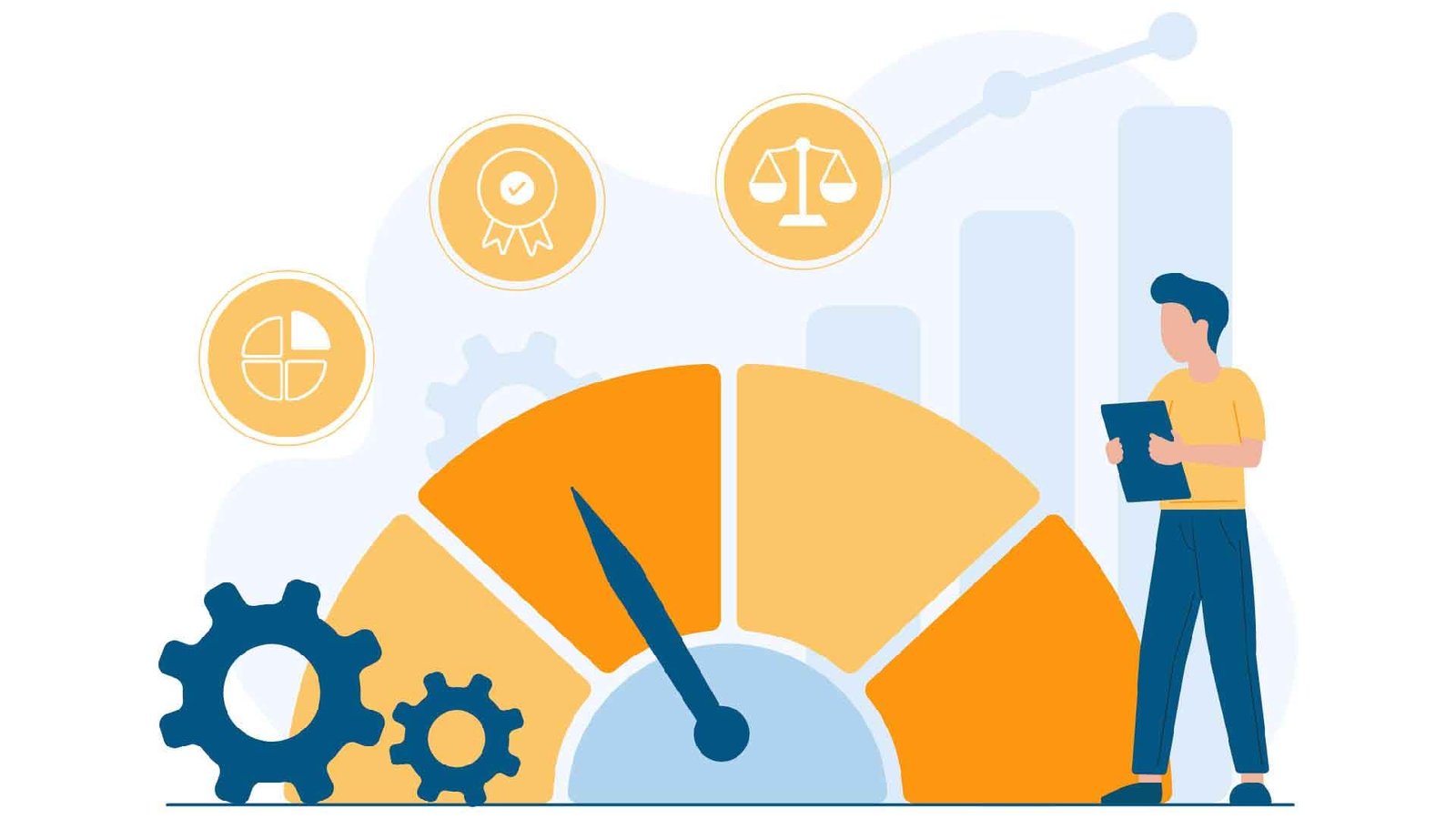
hen summer temperatures rise, your air conditioner becomes your best friend — but it can also be one of your biggest expenses. Many households see their energy bills spike during hot months, not realizing that a few small changes in how they use and maintain their AC can make a big difference. The good news? You don’t need to sacrifice comfort to save money. Here are practical, budget-friendly tips to help you stay cool without breaking the bank.
1. Set the Right Temperature
The easiest way to reduce your cooling costs is to adjust your thermostat. The ideal range for both comfort and efficiency is 24–26°C (75–78°F).
Every degree lower can increase your energy use by 5–8%. If you’re comfortable, try raising the temperature slightly — you might not notice the difference, but your wallet will.
For even better control, consider installing a smart thermostat. It automatically adjusts your cooling based on your schedule and can be controlled remotely from your phone. This simple upgrade can cut your energy bill by up to 20%.
2. Keep Your Filters Clean
Your air conditioner works by circulating air throughout your home, but when filters get dirty, airflow becomes restricted. That means your system has to work harder to deliver the same comfort — consuming more electricity in the process.
Cleaning or replacing your AC filters every 2–4 weeks during heavy use can improve efficiency and reduce your cooling costs by as much as 15%. It also helps maintain better indoor air quality, reducing allergens and dust.
3. Use Fans to Support Cooling
Ceiling or standing fans don’t lower the temperature, but they improve air circulation — making a room feel cooler than it actually is. This allows you to raise your thermostat setting by 2–3 degrees without feeling warmer.
A fan uses only a fraction of the power your AC does, making it a smart and affordable way to stay comfortable while keeping energy use low.
4. Block Out the Heat
A big part of staying cool is keeping heat from entering your home in the first place. Close blinds or curtains during peak sunlight hours, especially on windows facing west or south.
If possible, install reflective window films or blackout shades to reduce solar heat gain. These small adjustments can prevent your AC from overworking and help maintain a steady indoor temperature.
5. Schedule Regular Maintenance
Even the most efficient system will lose performance over time if it’s not properly maintained. Dust buildup, low refrigerant levels, or worn-out components can reduce efficiency and increase costs.
Schedule a professional AC service at least once a year. A technician can clean the coils, check for leaks, and ensure your unit is running at peak performance. Preventive maintenance often pays for itself through lower energy bills and fewer repairs.
6. Upgrade When It Makes Sense
If your air conditioner is more than 10 years old, it might be time to consider an upgrade. Modern units with inverter technology and ENERGY STAR® certification use up to 30% less energy than older models.
Though the upfront cost may seem high, the savings in energy consumption and repair costs make it a smart long-term investment — especially if you live in a region with long, hot summers.
7. Be Mindful of Usage
Turn off your AC when you’re away or use a programmable thermostat to limit cooling to when it’s truly needed. Also, avoid using heat-producing appliances like ovens or dryers during the hottest part of the day, as they force your AC to work harder.
Conclusion: Smart Cooling for a Smarter Home
Saving on air conditioning doesn’t mean sweating through summer — it means using your system wisely. By cleaning filters, managing temperature settings, improving insulation, and performing regular maintenance, you can enjoy cool comfort while keeping your budget intact.
Remember: a little awareness goes a long way. When your AC runs efficiently, you save energy, money, and the planet — all while staying perfectly cool.

